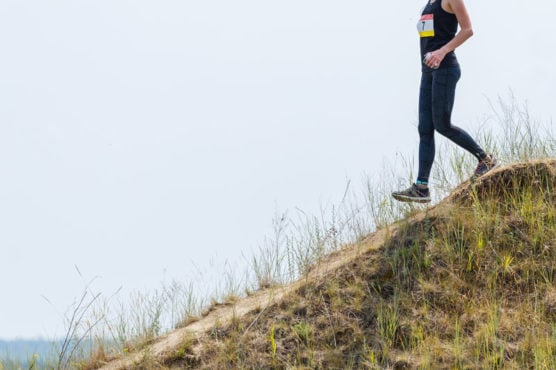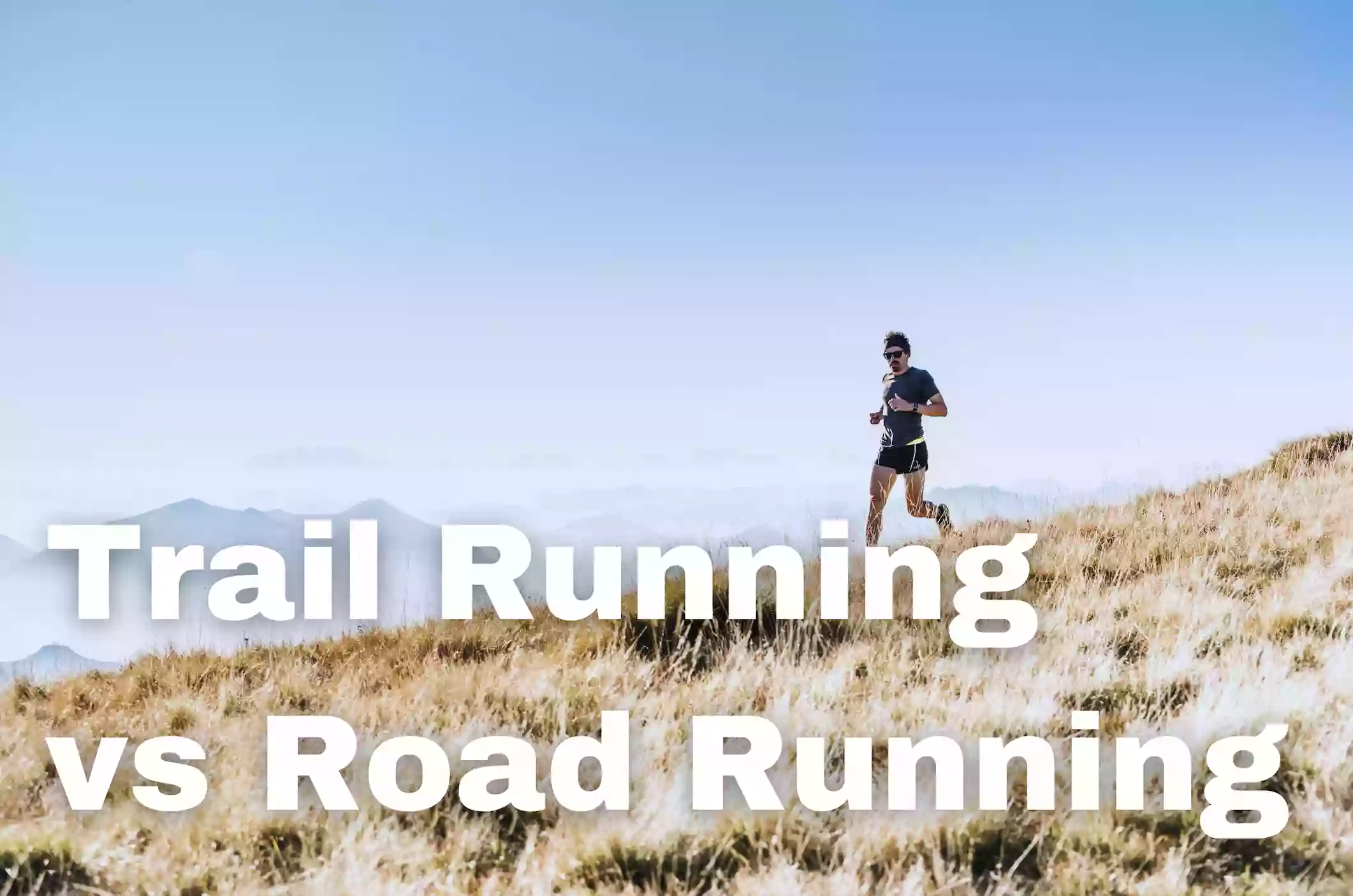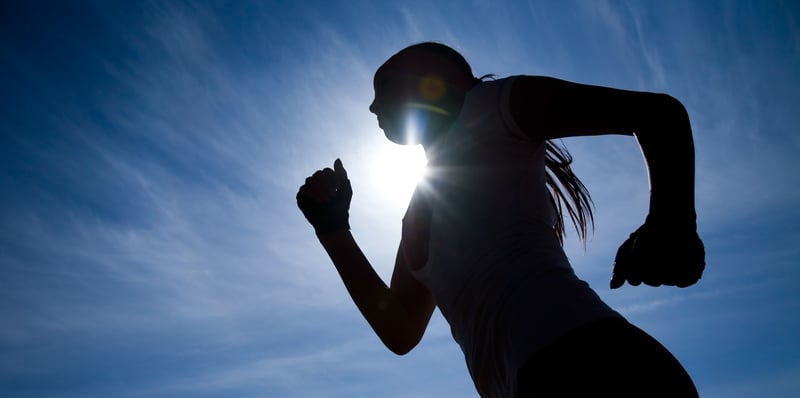
Most us tend to run on the same surfaces day in and day out. As we’ve talked about before, switching routes and surfaces can be great to cure a running burnout or plateau.
Personally, I like to switch up the surface a couple of times a week just to work different muscles and to be more mentally engaged.
Here are some advantages and disadvantages of running and training on various surfaces:
Road
Pros:
- Roads are typically the easiest surface to access.
- With the exception of the track or running in bad weather, roads are the fastest surfaces available.
Cons:
- The road is the hardest surface.
- The road can be the most dangerous to navigate: Cars, traffic, other people, bikers, and obstacles are a number of the hazards encountered.
Trail
Pros:
- Great for cross-training activities such as hiking.
- Dirt and trails softer than pavement, therefore the impact is less
- Barriers on trails such as roots and rocks can help strengthen and stabilize feet, ankles, and hips.
Cons:
- Requires you to “be engaged” the entire time. You can’t zone out and just run, or you might hurt yourself.
- Many trails are much more challenging or even hazardous.
- Some trails can be challenging to navigate with other hikers and even mountain bikers: Always be aware of your surroundings.
- It can be more mentally challenging. It’s almost impossible to go the same pace as running on roads, and it’s important to remember that!
Treadmill
Pros:
- It’s the easiest to “zone out” on the treadmill.
- Unless you have a power outage, you can run on a treadmill year round despite outdoor conditions.
- The treadmill keeps you more honest about running a certain pace.
- If you live in a relatively flat or hilly area, you can practice different course elevations than what your area might be able to provide.
Cons:
- The treadmill controls your pace so increasing pace is as easy as pushing a button, which can make us go faster than we should.
- The belt can alter our stride just enough that you are working weaker muscles and you can be more injury prone.
Track
Pros:
- One of the best ways to do speed work!
- A track is a flat and smooth surface made for athletes.
- You can measure improvement on various workouts.
- More accurate than a Garmin.
Cons:
- Open hours of a track can be limited due to school athletes as well as other teams.
- Typical track etiquette requires you to run in an anti-clockwise direction. This can put a strain on your left side. If you are allowed, make sure to switch directions or do your warmup and cooldown elsewhere.
Grass
Pros:
- The soft surface is much easier on your joints, muscles, and bones. It is excellent for those who are frequently injured.
Cons:
- Finding soft and smooth grass can be challenging especially in the winter or during rainy months. If you find yourself slipping around on grass and mud, you could be more susceptible to injury.
- If you find yourself susceptible to turning or twisting an ankle, it’s important to stay aware while running on grass. The uneven terrain can make it more likely.
Sand & mud
Pros:
- Sand and mud cause your body to work the hardest to stabilize your feet.
Cons:
- If you choose to run on a beach, keep in mind that beaches have a natural camber and are uneven. This will place additional stresses on your muscles, ligaments, and tendons. Try and do out and back runs or run on the flatter parts of the beach.
- Deep sand or mud can hide terrain underneath, and it can be easier to roll an ankle or foot. Staying engaged the entire time is important.
As you can see there are plenty of pros and cons to every surface we run on. Let us know, what is your favorite surface and why?
Hollie Sick is an avid runner who’s completed more than 30 half marathons. Read her blog, or follow her on Twitter and Instagram.





